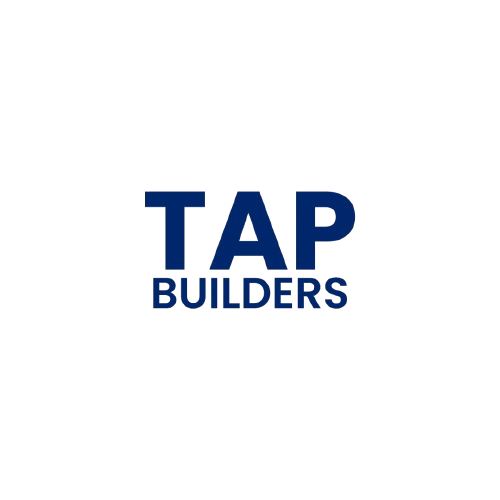Owning a rental property is a great investment, but it requires consistent upkeep to maintain its value and ensure a smooth landlord-tenant relationship. One essential aspect of property management is conducting regular inspections. However, many landlords wonder: How often should a rental property be inspected? Finding the right balance between necessary oversight and tenant privacy is key.
Why Are Rental Property Inspections Important?
Rental property inspections help landlords and property managers identify maintenance issues before they become major problems. They also ensure that tenants are complying with lease agreements, protecting both parties from potential disputes. Regular inspections can:
- Prevent costly repairs by catching issues early
- Ensure tenant compliance with lease terms
- Maintain property value over time
- Provide security for both landlord and tenant
- Ensure compliance with safety regulations
Types of Rental Property Inspections
Different types of inspections serve different purposes. Here are the four primary types of rental property inspections:
1. Move-In Inspection
This inspection is conducted before a tenant moves in. The landlord and tenant walk through the property together, documenting its condition. A checklist, photos, or a video can help establish a clear record, preventing disputes when the lease ends.
2. Routine Inspection
Routine inspections occur periodically during a tenant’s lease. They help ensure that the property is well-maintained and that tenants are following lease terms. These inspections typically take place every 3 to 6 months, depending on the landlord’s policy and local regulations.
3. Drive-By Inspection
A drive-by inspection is a more informal way to check the property’s exterior. Landlords can drive by to assess the general condition, ensuring there are no visible damages or lease violations (such as unauthorized pets or excessive clutter in outdoor areas). These inspections can be done monthly or quarterly.
4. Move-Out Inspection
When a tenant vacates the property, a move-out inspection determines if any damage beyond normal wear and tear has occurred. This helps in deciding whether to return the security deposit in full or deduct charges for repairs.
How Often Should You Conduct Routine Inspections?
Routine inspections are crucial, but they should be conducted in a way that respects tenant privacy while maintaining the property. Here’s a general guideline:
- Every 3 months: Ideal for furnished apartments, high-turnover properties, or rentals in areas with extreme weather conditions.
- Every 6 months: The most common timeframe, allowing landlords to catch maintenance issues early while giving tenants reasonable privacy.
- Once a year: Suitable for long-term tenants with a history of responsible upkeep.
The frequency may also depend on local laws and regulations, which often dictate how much notice landlords must provide before entering a rental unit.
Legal Considerations for Rental Property Inspections
Before scheduling an inspection, landlords should be aware of tenant rights and legal requirements. Some key considerations include:
- Providing Notice: In most areas, landlords must give at least 24 to 48 hours’ notice before entering a rental property.
- Reasonable Frequency: Excessive inspections can be seen as harassment. Stick to a reasonable schedule unless there is a justified reason (e.g., emergency maintenance concerns).
- Tenant’s Right to Privacy: While landlords own the property, tenants have the right to enjoy their space without constant interference.
Best Practices for Conducting a Rental Property Inspection
To make the inspection process smooth and professional, consider these best practices:
- Communicate Clearly: Inform tenants about the inspection well in advance and explain the purpose.
- Use a Checklist: Having a structured list ensures that no critical areas are overlooked.
- Take Photos and Notes: Documenting the condition of the property helps resolve potential disputes.
- Be Respectful and Professional: A positive landlord-tenant relationship is key to long-term tenancy and minimal issues.
- Follow Up on Issues: If any repairs or violations are found, address them promptly to avoid future problems.
Common Issues Found During Inspections
Routine inspections often reveal common issues that need attention, such as:
- Leaks and plumbing problems
- Mold or mildew growth
- Damaged flooring or walls
- Non-functioning appliances
- Signs of unauthorized occupants or pets
Conclusion
Regular rental property inspections are essential for maintaining the property’s condition, ensuring tenant compliance, and preventing costly repairs. The ideal frequency depends on various factors, including property type, tenant history, and legal regulations. By conducting inspections professionally and respectfully, landlords can protect their investments while fostering a positive rental experience for tenants.
At Tap Builders, we understand the importance of proactive property management. Whether you’re an investor, landlord, or tenant, maintaining a well-kept property benefits everyone involved. For expert real estate insights and solutions, stay connected with us!
